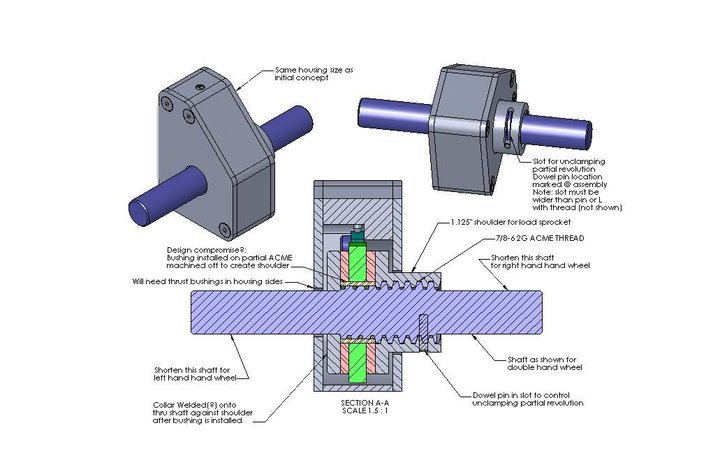August 2016 marked the second annual U.S. National Drone Racing Championships in New York City, the same year the Drone Racing League was publicly launched. The National Drone Racing Championships are showcasing the teams, pilots, and vehicle classifications to be used by the sport, and it is all being broadcast exclusively on ESPN.
While this may be great news for drone racing, the really groundbreaking development may be the amateur pilots who are taking up their controls and forming leagues of their own locally all across the country. As SGW Designworks continues to keep up with tech innovations, we see drone racing as not just a fun hobby, but a growing commercial industry as well.
Racing has been a source of innovation and new technology for the automotive industry for years. Aerodynamics, mid-mounted engines and more have all made their way to commercial cars from the racetrack.
Drone racing may prove to be the same type of technology showcase for commercial and defense aircraft, as well.
If racers find a propeller and motor configuration that proves to be especially good at producing lift, this same design may someday make its way into use elsewhere lifting other types of payloads. These types of drone technology innovations already have applications in the real world and can be seen in major commercial enterprises such as Amazon Prime Air — the venture by Amazon to use drones to deliver packages.
It’s not hard to see why people are getting hooked on drone racing either, as soon as a pilot puts on their headset they see what the drone sees and their controller becomes a sort of digital cockpit. This first-person view (or FPV) allows the pilot to maneuver in ways not possible with line-of-sight flying, and also makes for some exciting video footage as the pilots navigate through pylons, checkpoints and whatever else lines the edges of the track.
At SGW, it’s safe to say we love drones. Two members of our own staff, Ryan Gray and Rob Regent, have become the firm’s resident racers and frequently go to practice with a local Boise club.
As an engineering and development company, SGW understands the details that go into making a great racing drone. Just like fine-tuning a racecar, drones require a balance of weight, power, and handling to perform well. A pair of racing stripes never hurts either.
Drones present exciting new design challenges such as how to build a strong, but lightweight chassis. We have seen everything from carbon-fiber infused, 3D-printed chassis to simple wooden cutouts using any number of propeller and motor combinations. Part of what makes the growing sport exciting is that unlike car racing, the small quadcopter drones and other equipment, such as video headsets, is fairly inexpensive for consumers.

SGW has recently had the opportunity to talk with Boise company Thrust UAV, developer of the Riot 250R Pro race drone and sponsor of the National Drone Racing Championships. The Riot 250R Pro is a complete aircraft built specifically for drone racing. The cutting-edge aircraft has reportedly been clocked at speeds approaching 100mph.
The race courses used are also growing in complexity. While it is more than sufficient to just stick a checkered flag in the ground and use it as a pylon, many race courses feature glowing neon pillars for racers to scream through.
Because drones are capable of very fast altitude changes and maneuvers, race courses can also include very intricate obstacles requiring pilots to dive and roll rather than just turn around corners. As they grow in complexity and popularity, drone race courses themselves will likely grow as a part of the budding industry and in some places are already becoming a permanent fixture.
DJI, the company behind the Phantom — a larger, more photography focused drone — announced it would be opening its first drone arena in South Korea a few miles south of the nation’s capital. In their statement, DJI said the facility would serve as a training ground for customers, safe flying area, and gathering place for drone enthusiasts.
The combination of affordability, accessibility, and fun makes it likely that drone racing will become staple in our lives for years to come. At SGW Designworks, we continue to watch the new industry trends and our own pilots continue to hone their skills.
.jpg)



